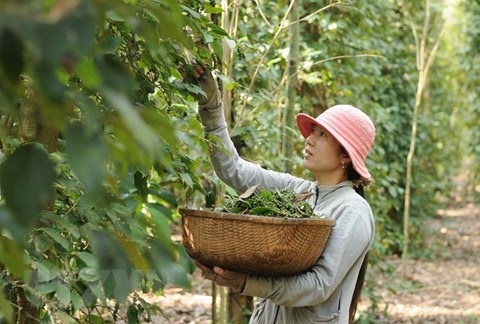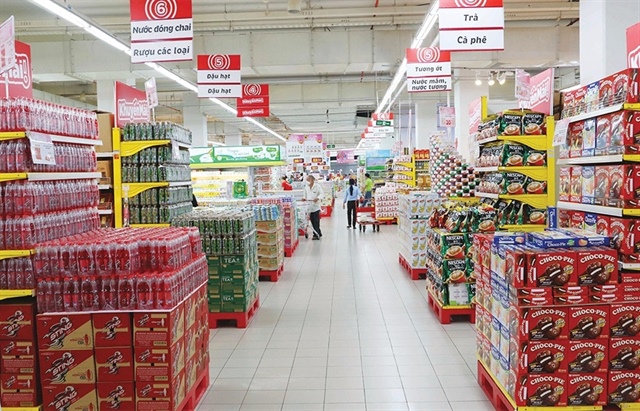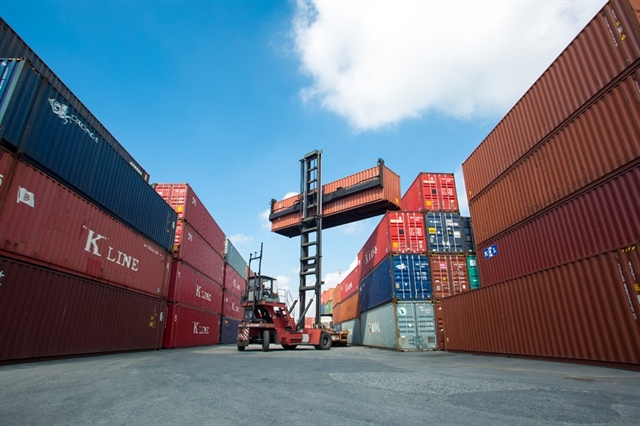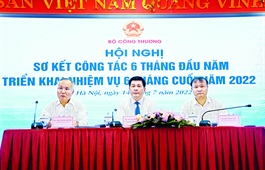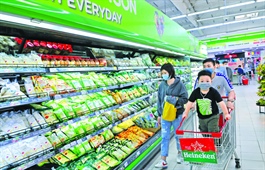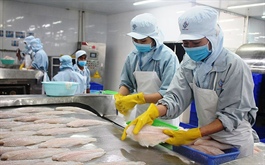Textile and apparel firms increasingly going green
Textile and apparel firms increasingly going green
Going green increasingly becomes an inevitable trend among firms in the textile and apparel sector, with more units bolstering investment into greening their production.
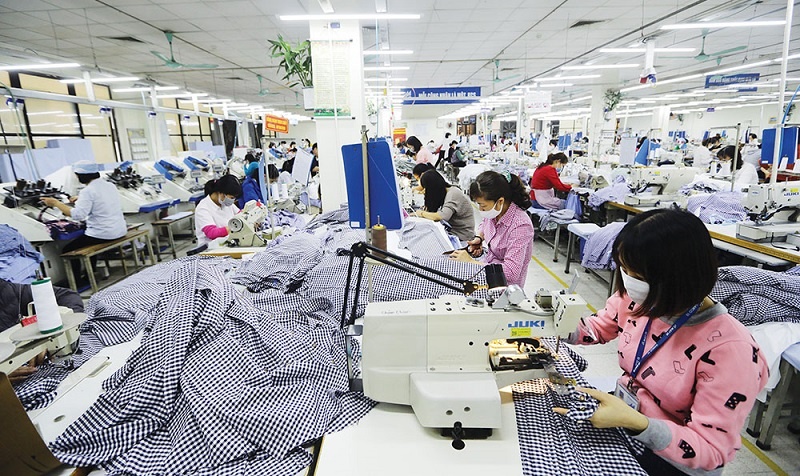
According to the Vietnam Textile and Apparel Association (Vitas), greening the textile and apparel sector has become a global trend that local firms must follow to reach sustainable development targets and scale up export into key markets like the EU and United States.
It would be particularly significant as new-generation free trade agreements with Vietnam’s engagement all feature the commitments for environmental protection and emission reduction, Vitas stated.
This would require firms to invest in cutting-edge production technology which also entails mounting challenges.
“Funding is a big issue, particularly as 90-95 per cent of units in the textile and apparel sector are of small and medium size,” said Truong Van Cam, Vitas’ deputy chairman.
Currently, most firms in the textile and apparel supply chain performing export processing for global brands have been mandated to satisfy set requirements on environmental, social, and emission reduction standards, among others.
Based on their scale, capacity, and customer requirements, each firm works on suitable plans to meet the criteria.
With export scale surpassing $3.5 billion a year, the state-owned textile and apparel conglomerate Vinatex unveiled that in the immediate future the company will be investing in novel technologies to reduce 30 per cent of wastewater after dyeing, reusing 30 per cent of this wastewater after being treated to diverse stages of washing and cleaning.
To join the global game, Vietnamese firms need to become more transparent in production, ensure their products have a clear origin and meet green production standards, and increase the volume of products that can be recycled.
In addition, Vinatex also commits to installing solar panels for its factories with suitable natural conditions to reach the target of having 10 per cent of its power come from renewable energy sources.
Tran Nhu Tung, deputy general director at Thanh Cong Textile Garment Investment Trading JSC, and head of the Sustainable Development Department at Vitas, assumed that practising sustainable development standards might bring difficulties to businesses in the initial period, but in the long haul, it would help firms to bolster reputation and brand and sharpen competitiveness against their rivals from other countries.
A recent survey from US Cotton Trust Protocol shows that about 70 per cent of brands and retailers are paying more attention to the environmental impacts of fashion products.
Many leading fashion brands have announced just supplying products made from sustainable material sources.
For instance, Europe’s fashion brand H&M commits to promoting carbon-neutral supply chain development for its production factories through signing contracts with its sub-contractors, aiming at reaching the target of using only raw material from recycling sources by 2030.


